Day 2 Session Notes–Developing and Deploying Your Design Operations Strategy
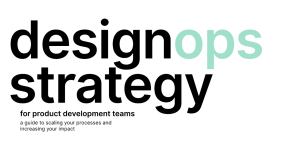
— Thank you for the wonderful intro
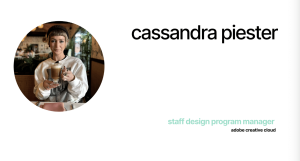
— DesignOps team looks a lot like other teams, and spread thin across products and organizations
- Good at deploying solutions and put on biggest day-to-day problems and often get stuck jumping from fire drill to drill
— To work in environment built DesignOps strategy to dive deep and deploy them to scale to the entire org
- If looking for world to be less reactive and more strategic
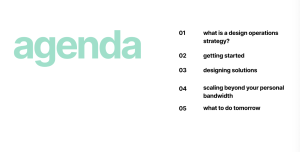
— Tips on how to get started and solutions for problems that were uncovered
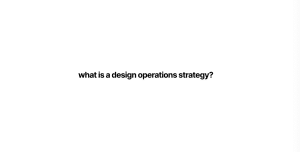
— So what is it?
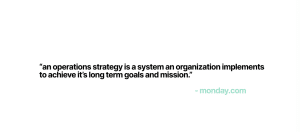
— System organization develops to achieve long-term goals
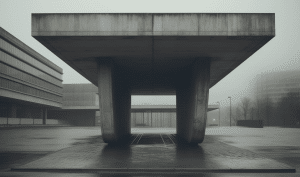
— Goal for a strong structure to be foundation team stands upon, with a room above it’s head to stand up to any storm

— There are lot of people and lot of miscommunication and duplicative work in product dev
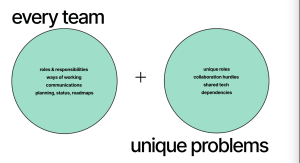
— Done this for many teams for many forms across years
- While different spaces certain similarities
- Roles and responsibilities
- How they like to do the work
- Every team has it’s own unique problems associated with it and own strategy to uncover
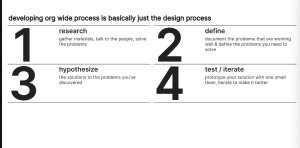
— Org wide process with two phases at the end
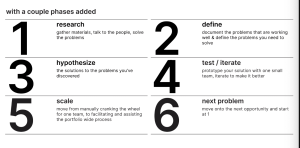
— Slide will be used as a map

— Uncover holes or gaps in process that exist
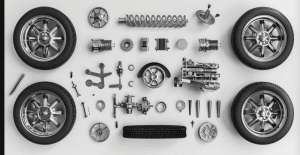
— Don’t set out to reinvent wheel, as pieces of puzzle already exist
- Ask for documentation and schedule time
- Look at pieces gathered and see if there are similarities or not
— Write down and jump into next step

— Sit with people who you work with and ask them what’s going well
- What can be done to make process easier and uncover problems and strategic opportunities you have and solutions that resonate
— Then have quick self-reflection on process
- Good things in one column
- Bad column— what to revisit later and more gnarly problems
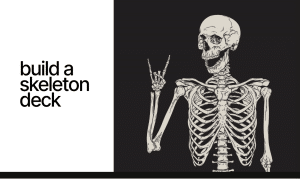
— Jump straight into building skeleton deck
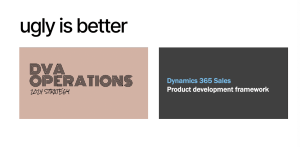
— Ugly deck would be better for buy-in as last thing you want is for stakeholders to be overwhelmed by polish of deck
- Share early and ugly the entire time
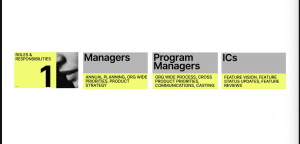
— Look at calendar recurring meetings, and who is involved and who organizes and presents it, and who cascades it
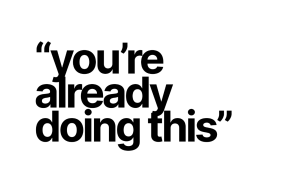
— Share early and ugly to get teams to understand they will see skeleton deck all the time and get them into habit of feedback and moving onto the next
- Make sure cross-functional partners are included to have ways of working documentation
— Point out process is not new, but just documentation of existing items
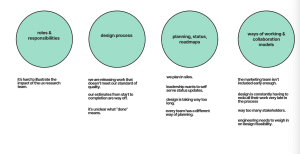
— Next focus on digging into buckets and show them the categories of opportunity to build process around
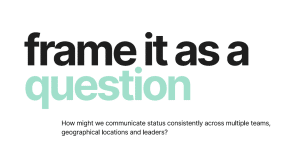
— Frame silos as questions, like communicating status consistently
— Breakdown which teams are working in silos and what are planning process like and who is in charge of checkpoints
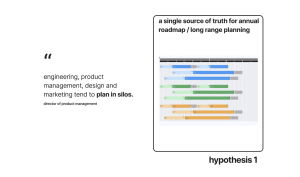
— 10 different silos and having look at 10 different teams and dependencies teams have on each other and see where to hire for critical gap to meet commitments for year
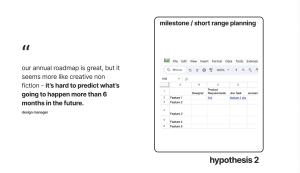
— If people said hard to predict what will happen six months in future, maybe have a quarterly milestone and something in middle and break down into smaller tasks when feature will kick off
- Use throughout the year if on track or going slow
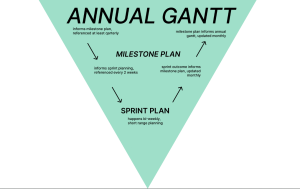
— See how these fit into scale like annual Gantt chart.
- Make sure your plans falls within it
- Outcome of milestone plan and impact big rocks for the year and update things at what cadence
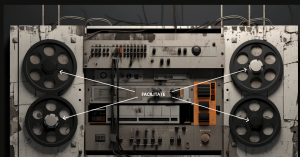
— Every wheel in machine is different product in org, and depending on career as to how it can be scaled and move to facilitation role for process for all core teams
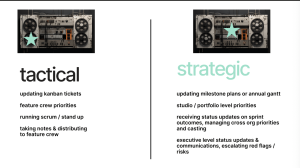
— Gasp difference between tactical and strategic work
- Tactical developing process — like Kanban cards updates
- Strategic facilitating process — milestone plans for all four teams
— Think of studio or portfolio level priorities and what counts there
- Executive level status updates and escalating red flags
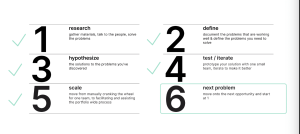
— So you’ve done all five steps, but make sure to look at strategy, and think of blank areas to go next
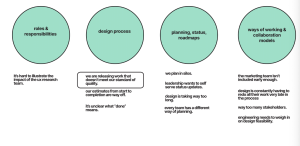
— Stakeholders to show next problem to solve, and you begin the process all over again
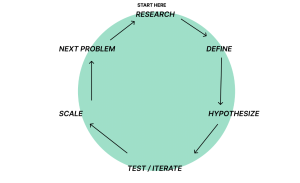
— Process is cyclical and operations have to be constantly improving and getting best done and moving on to the next and unlocking the impact and one type of operation
- Explain where you need to work and level to get to

— Tomorrow set aside two hours of time to focus
- One hour— Think of gaps for improving process
- Second hour— 1-on-1s with all stakeholders and understand state of union

— You can build structure to withstand storm in any way

— Hope this talk helps you move into a more strategic space, and out of reactive options

